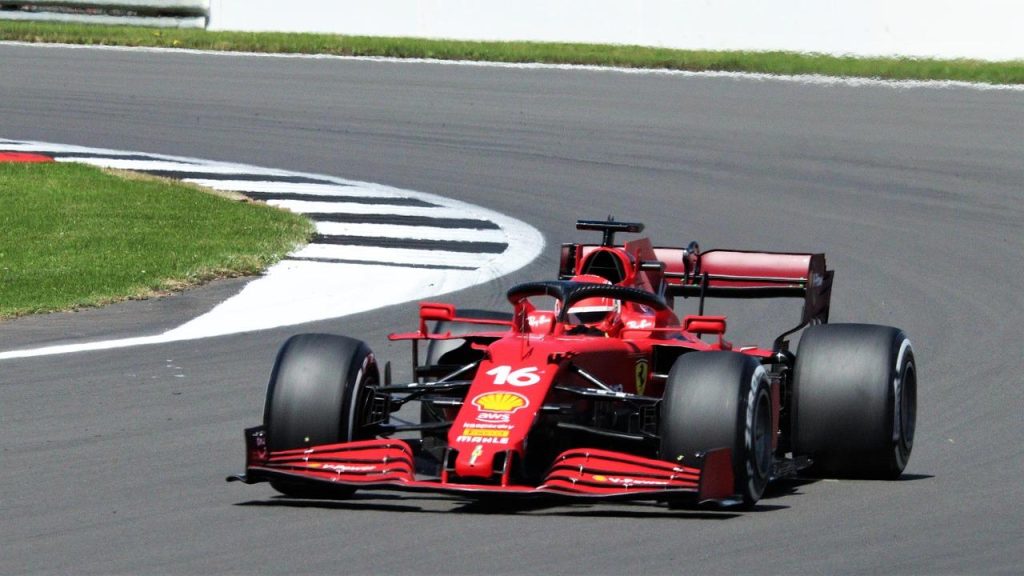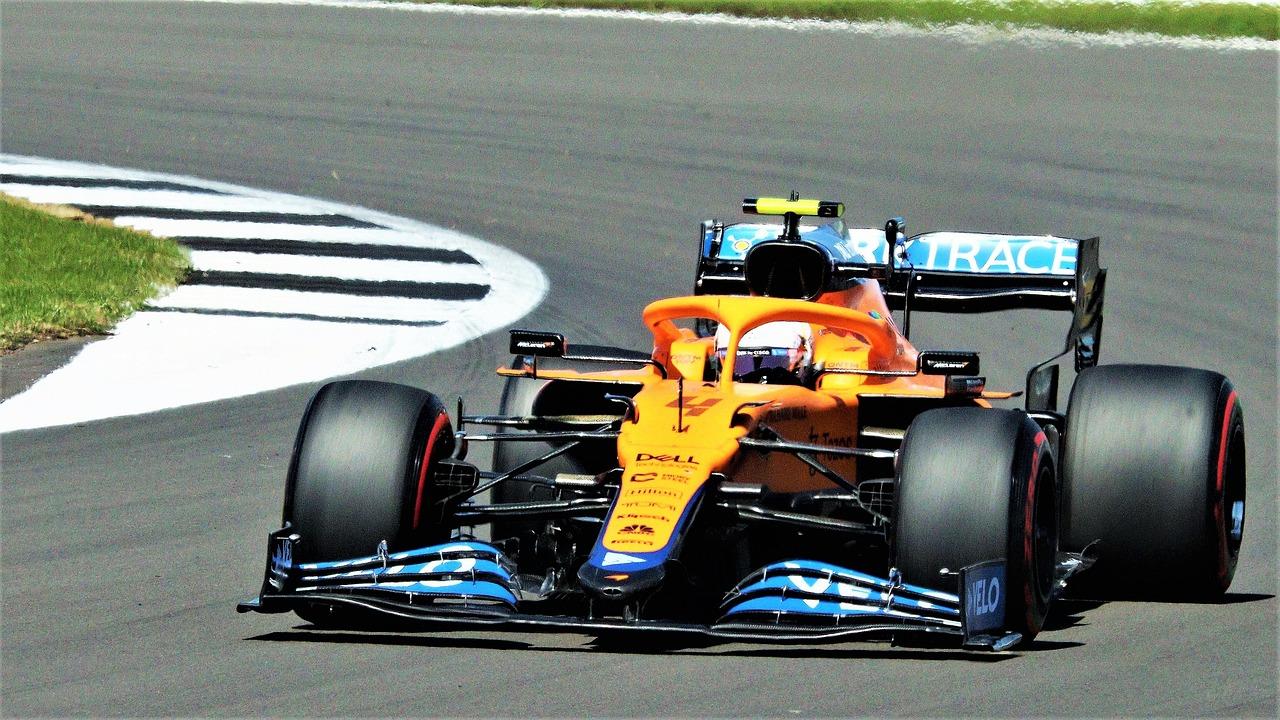In the high-octane world of Formula 1, every victory echoes far beyond the checkered flag, reshaping narratives and reigniting rivalries. Lando Norris’ recent triumph is more than just a personal milestone-it’s a turning point that signals new possibilities on the grid. As the paddock shifts its gaze toward the legendary Silverstone circuit, anticipation builds not only around the thrilling battles set to unfold but also the strategic chess game that will define outcomes. This article delves into the significance of Norris’ win and offers a nuanced forecast for Silverstone, weaving together performance insights, team dynamics, and the subtle undercurrents that shape the race ahead.
Norris’ Triumph Redefining Team Dynamics and Driver Confidence
Daniel Norris’ stunning victory has sent shockwaves through the paddock, reshaping the very fabric of team dynamics within his outfit. His win wasn’t just a solo achievement; it was a powerful testament to the synergy cultivated between driver and crew. By pushing boundaries and embracing innovative strategies, the team demonstrated that when trust and collaboration are prioritized, the results can be transformative. This success has ignited a renewed sense of unity, with every member now more motivated, knowing their collective effort can turn possibility into reality.
More importantly, this breakthrough has fortified Norris’ confidence behind the wheel. With a clear validation of his potential, he now approaches each race not merely as a competitor but as a formidable contender. The ripple effects include:
- Enhanced decision-making skills fostered by previous experiences and newfound self-belief.
- Stronger communication channels between Norris, engineers, and strategists, fine-tuning car performance.
- A psychological edge that enables Norris to remain composed under pressure, critical on Silverstone’s demanding circuit.
As the season continues, this harmonious blend of team cohesion and personal resolve will be pivotal, setting new benchmarks for what can be achieved even under the most challenging circumstances.
Analyzing Key Factors Behind Norris’ Victory and Their Strategic Implications
Lando Norris’ triumph was not just a display of raw speed but a masterclass in strategic precision. Key factors such as tire management, timely pit stops, and adaptive race pacing played pivotal roles in securing his win. The team’s ability to read dynamic track conditions and respond with split-second decisions illustrated the importance of a holistic approach to race strategy. Tire longevity proved crucial, allowing Norris to maintain grip and pace without the need for excessive pit stops, while his adeptness at navigating traffic minimized time loss during crucial laps.
Beyond individual performance, this victory underscores a shift in competitive dynamics and has broad strategic implications for upcoming races, especially at Silverstone. Teams must now recalibrate their tactics, placing greater emphasis on real-time data analytics and flexible pit strategies. Key takeaways include:
- Enhanced collaboration between drivers and pit crews for dynamic decision-making.
- Increased focus on tire compounds suited to track-specific wear patterns.
- Strategic positioning during qualifying sessions to exploit track characteristics.
These insights signal a need to evolve beyond traditional methodologies, blending innovation with precise execution to capitalize on opportunities inherent in Silverstone’s challenging layout.
Predictive Insights for Silverstone Based on Norris’ Winning Momentum
Lando Norris’ recent triumph has not only ignited his career trajectory but also set a dynamic precedent for the upcoming challenges at Silverstone. Riding this wave of success, Norris demonstrates an enhanced blend of confidence and precision that will prove pivotal on the fast, technical layout of the circuit. His ability to maintain composure under pressure coupled with improved pace management suggests a formidable presence, especially in qualifying where every millisecond counts. This momentum extends beyond mere individual skill, reflecting a deeper synergy with the McLaren team-crucial for adapting strategies in fluctuating conditions inherent to Silverstone.
- Strategic Tire Management: Norris’ recent race showcased his expertise in extracting maximum performance, a key advantage for Silverstone’s demanding tire wear.
- Consistent Lap Times: His ability to deliver steady lap times under pressure will be a major asset on the circuit’s high-speed corners.
- Mental Fortitude: Building on his first victory, Norris is poised to handle the mental challenges of Silverstone’s passionate crowd and unpredictable weather with resilience.
Taking these factors into account, predictive models suggest a promising forecast for Norris, with potential podium finishes and even a repeat win on the horizon. His winning momentum acts as a catalyst that could disrupt the established order, pushing traditional front-runners to adapt rapidly. Such dynamics are likely to foster an intense tactical battle where split-second decisions and seamless teamwork could determine the final outcomes. As Norris continues to evolve, fans and analysts alike will be keenly watching for signs that his breakthrough victory is the start of a dominant era at one of Formula 1’s most storied venues.
Tailored Recommendations for Teams to Capitalize on Evolving Race Trends
As the F1 landscape continually shifts with unpredictable variables, teams must pivot with *precision and insight* to harness emerging opportunities. Recent developments at Silverstone underscore the importance of adaptive strategy-where data-driven analysis and real-time responsiveness converge. This evolution demands more than raw speed or technical innovations; it calls for a keen understanding of race dynamics, driver psychology, and weather volatility. Teams that embrace a holistic view of race patterns will find themselves better equipped to anticipate rival maneuvers and make tactical decisions that turn fleeting moments into sustained competitive advantages.
To capitalize on these evolving trends, teams should consider:
- Advanced telemetry integration for nuanced feedback loops, enhancing in-race decision-making.
- Dynamic pit stop choreography tailored to shifting track conditions and competitor strategies.
- Customized driver coaching focusing on exploiting track-specific characteristics illuminated by recent race outcomes.
- Proactive simulation drills designed to model multiple race scenarios and prepare crews for split-second tactical shifts.
By aligning these targeted approaches with the evolving fabric of race strategy demonstrated by Norris’ success, teams can relentlessly pursue consistency and innovation. Ultimately, the ability to decode and react to nuanced trends at premier circuits like Silverstone becomes the hallmark of championship-caliber squads.
As the checkered flag waved over Norris’ stellar victory, the ripples of his triumph extended far beyond the podium, signaling a shift in momentum and breathing fresh excitement into the season. His win not only underscores the skill and determination that define championship contenders but also sets a compelling stage for the high-octane battles anticipated at Silverstone. As fans and teams alike turn their eyes to the legendary circuit, predictions swirl with equal parts hope and strategy, promising that the drama and precision witnessed today are only the opening chapters of an electrifying narrative yet to unfold. In this dance of speed and strategy, Norris’ success is a vivid reminder that every race is more than just a contest-it’s an evolving story of ambition, resilience, and the relentless pursuit of greatness.



